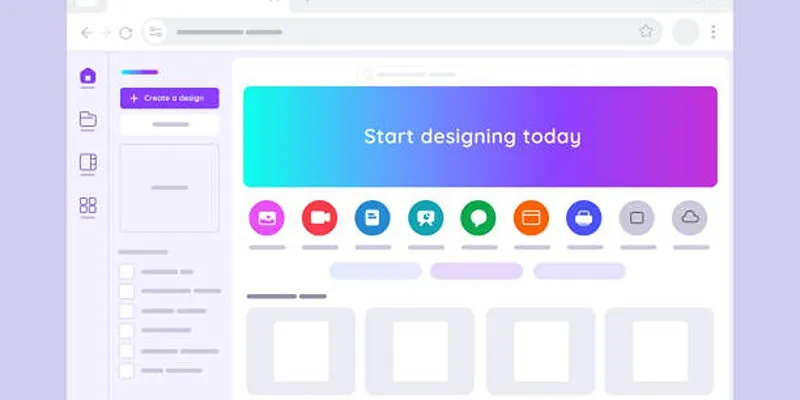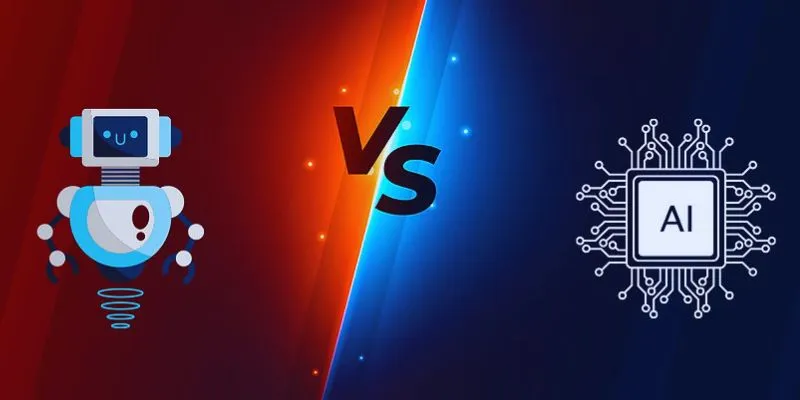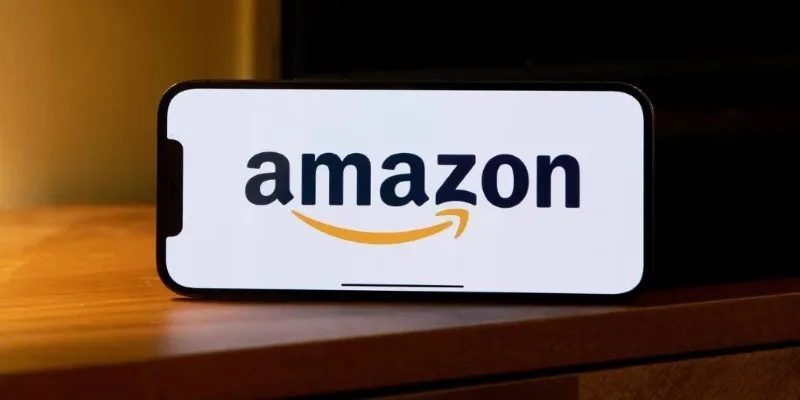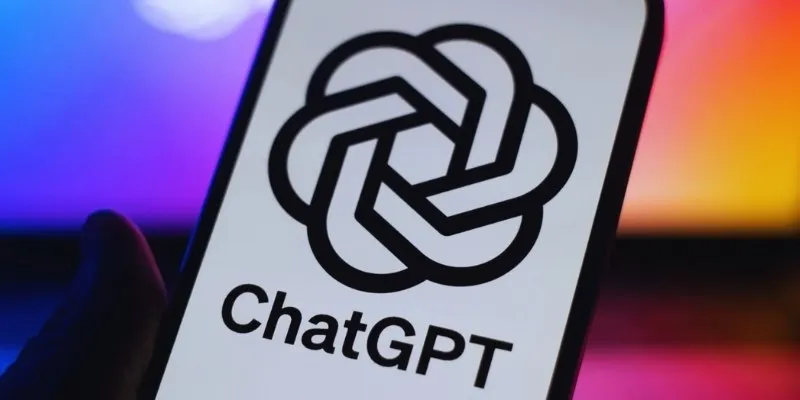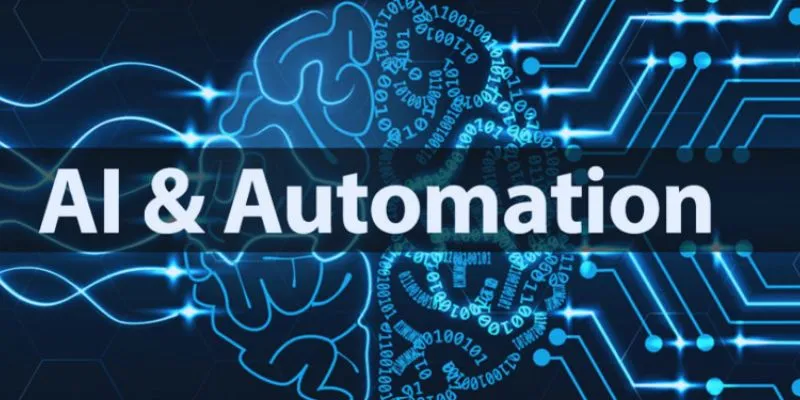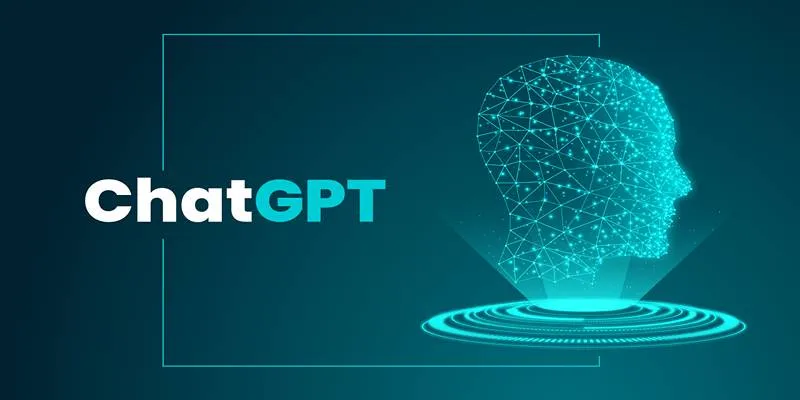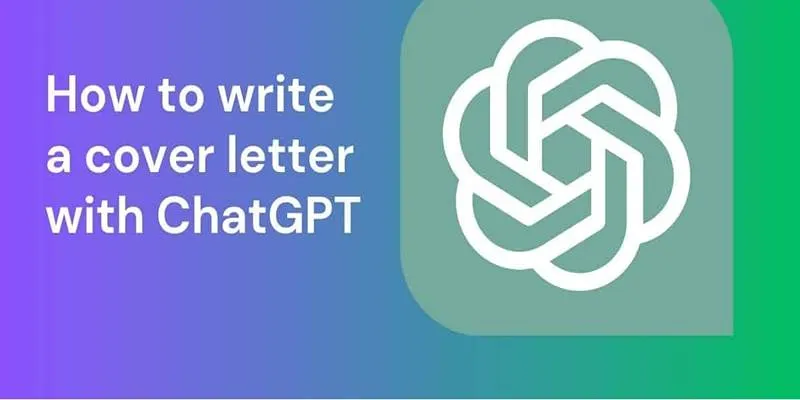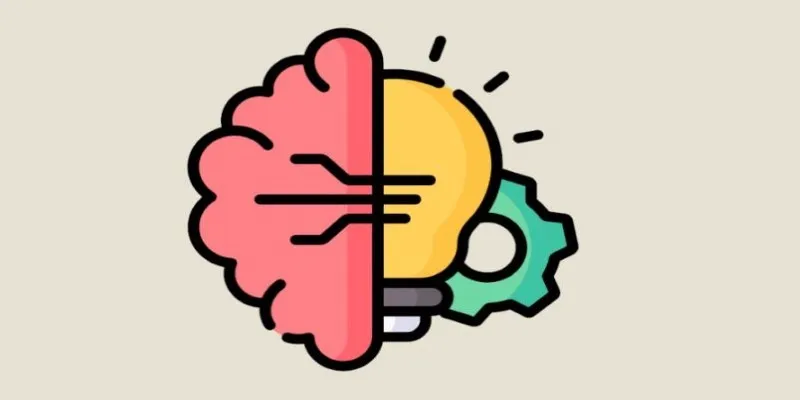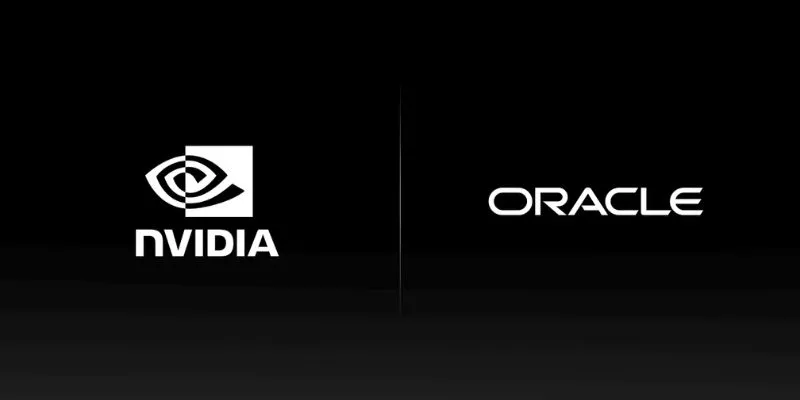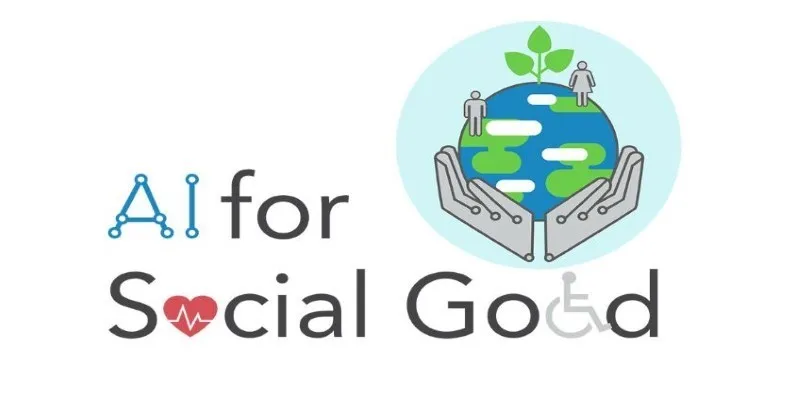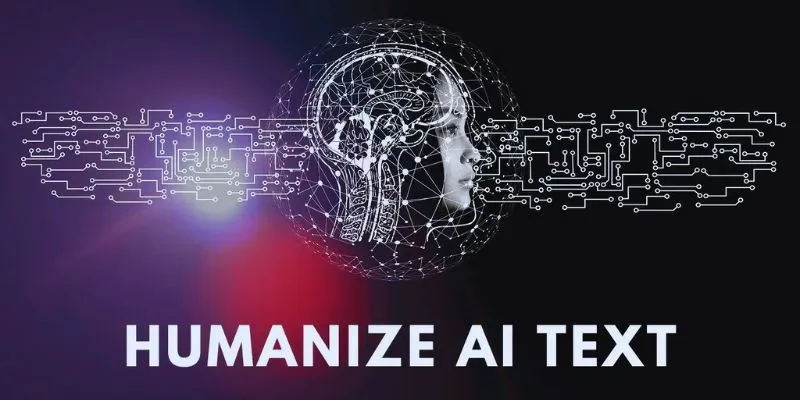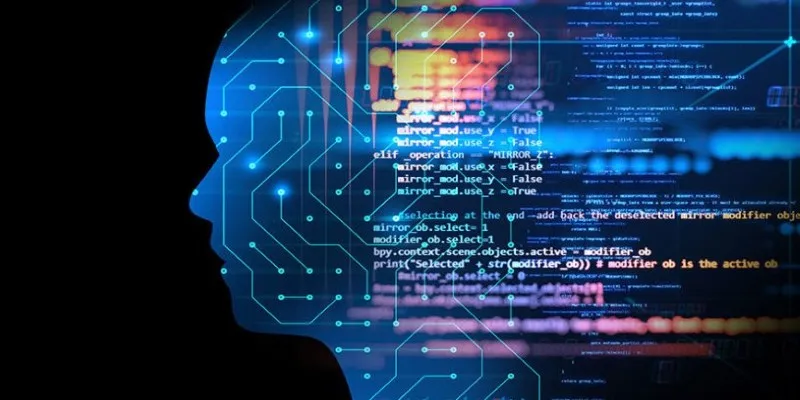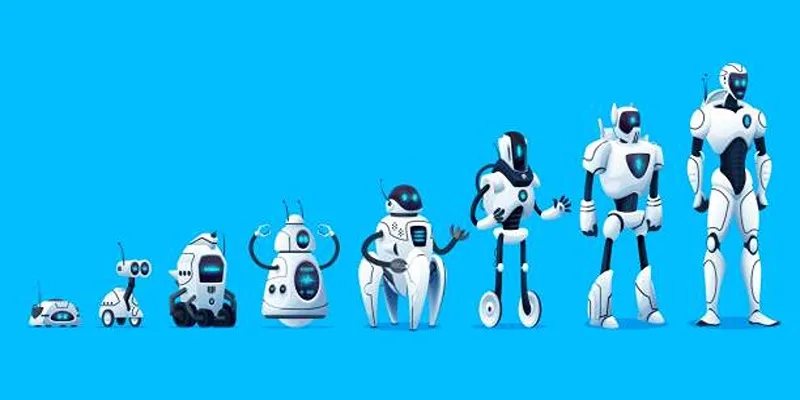Big brands no longer hold all the power. What used to require big teams and budgets can now be done with a laptop and the right AI tools. Small businesses, startups, and solo creators are no longer catching up—they’re pulling ahead with confidence. With artificial intelligence, a one-person brand can challenge industry giants and win.
This isn’t about trendy tools or buzzwords. It’s about moving fast, staying lean, and making smart, data-backed choices in real-time. While big brands wrestle with slow systems and red tape, you get to act, adapt, and grow on your terms. AI isn’t just an equalizer—it’s your competitive edge.
Speed, Agility, and the Data Advantage
Most big companies are stuck in long decision chains. If they want to test a new campaign or pivot a strategy, they often need approvals that can take days or weeks. Small businesses and solo creators don’t have that problem. And with AI, they don’t even need the manpower that used to come with scale. Tools like ChatGPT for content creation, Midjourney for visuals, and Jasper for marketing copy aren’t just saving time—they’re giving smaller players a way to produce polished work instantly.
But it’s not just about speed—it’s about data. Big brands have mountains of it, but they often don’t use it well. They get bogged down by how much of it exists and the politics of who gets to interpret what. With AI-powered analytics platforms like Pecan and Looker or even free tools like Google Analytics enhanced with AI plugins, smaller businesses can extract insights faster. They know what content performs, which ads drive sales, and what customers want before a corporate team has even finished their Q2 planning.
Big brands often build campaigns based on tradition. Smaller brands can build based on real results driven by AI.
Personalization Beats Polished Perfection
Consumers don’t want perfect. They want real. That’s where small brands thrive. With AI tools, personalization isn’t hard anymore—it’s expected. Tools like Seventh Sense can analyze when your customers are most likely to open emails and adjust delivery times automatically. Others, like Phrasee or Smartly.io, tweak language and visuals based on customer behavior, so you’re not sending generic messages—you’re speaking directly to people in a way that feels natural.
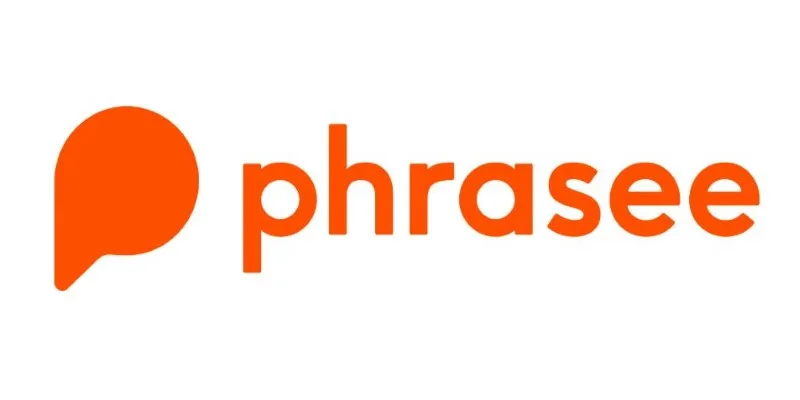
Big brands struggle here. Their customer lists are massive and often outdated, and their personalization efforts are broad and usually impersonal. AI lets smaller brands micro-target in ways big companies can’t match. You can respond to trends within hours, update product descriptions, test headlines, and shift your messaging based on what’s actually working.
And the best part? AI learns. Every click, every scroll, every comment—it all feeds the machine. Your tools get smarter the more you use them.
Automation That Doesn’t Feel Robotic
The fear with AI is that everything starts to feel fake. But the trick isn’t using AI to replace the human—it’s using it to amplify the human. Automation doesn’t have to be soulless. With tools like ManyChat or Tidio, you can set up chatbots that talk like people—not scripts, not weird robotic replies—actual conversations that feel one-on-one. And when someone needs a real human, the system can hand off seamlessly.
Email marketing is the same. AI now drives platforms like Klaviyo or MailerLite. You don’t need to schedule every message or analyze open rates manually. The system does it, and it does it well. You focus on the voice, the tone, and the brand personality. Let AI handle the math.
This approach works across the board—customer support, content scheduling, SEO optimization, and ad targeting. Use AI to handle the things that slow you down so you can spend your energy on the things that move you forward.
AI-Backed Creativity: Your Secret Weapon
People often think AI kills creativity—but it’s the opposite. It opens space for real, rapid creative work. Designers no longer spend hours manually resizing assets. Tools like Canva now offer AI-powered resizing, layout suggestions, and branded templates that simplify repetitive tasks. Writers no longer face blank screens. With tools like Copy.ai, even a rough prompt can turn into a solid starting point or a fresh angle. Video editors can use platforms like Runway or Pictory to turn unpolished clips into sleek, platform-ready content without burning through their week.
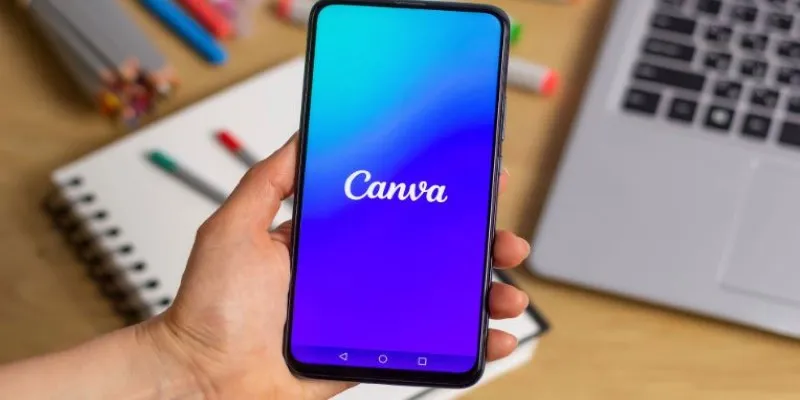
This shift matters. Small teams aren’t stuck following corporate branding guides or waiting on approvals. They can create, test, and improve in real- time. If something works, they push it further. If it doesn’t, they move on—fast. AI handles the boring stuff. That means more time for ideas, experiments, and moments of real creative thinking.
Big brands like to call this “innovation,” but layers of management usually delay it. For small players, creativity is part of how they work every day. AI doesn’t replace human ideas—it removes the friction so imagination can breathe. In the hands of a small, agile team, that’s not just helpful—it’s a serious competitive edge.
Conclusion
You don’t need a big team or deep pockets to compete anymore. With the right AI tools, you can move faster, think smarter, and adapt quicker than the giants. While big brands are stuck in outdated systems and slow approvals, you have the power to act now—fine-tuning content, automating tasks, and connecting with your audience in real-time. AI gives you the edge not by replacing your creativity but by amplifying it. Outsmarting big brands is no longer about spending more—it’s about working sharper. The future belongs to those who can think quickly and use AI to their full advantage.
 zfn9
zfn9


